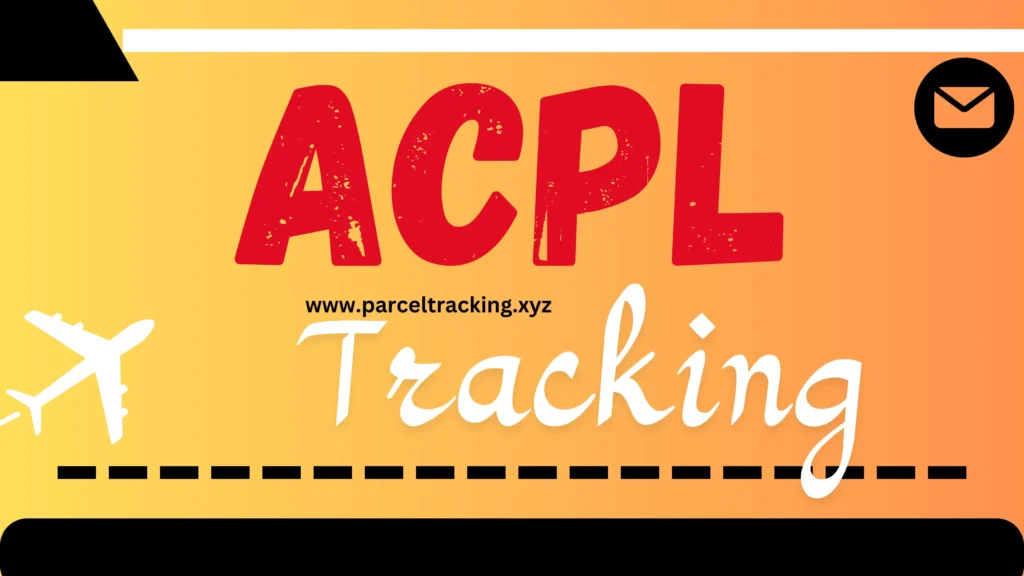The world of digital marketing revolves around measuring success through various metrics. One of the most important metrics is ACPL Tracking, which helps businesses understand how much they spend to acquire potential customers. Let’s dive deep into what ACPL tracking means and why it matters for your business growth.
What is ACPL Tracking?
ACPL stands for Average Cost Per Lead. It’s a way to measure how much money your business spends to get one potential customer interested in your products or services. Think of it like tracking how much money you spend on fishing gear to catch one fish.
Why ACPL Tracking Matters
Understanding your ACPL helps you make smart decisions about your marketing budget. When you know how much each lead costs, you can:
- Make better choices about where to spend your advertising money
- Find out which marketing methods work best
- Save money by focusing on the most successful strategies
- Grow your business more effectively

How to Calculate Your ACPL
The basic formula for calculating ACPL is simple:
Total Marketing Costs ÷ Number of Leads = Average Cost Per Lead
For example, if you spend $1,000 on marketing monthly and get 50 leads, your ACPL would be $20 per lead.
Tracking Different Types of Leads
Not all leads are the same. Some people might just be curious, while others are ready to buy. Here are the main types of leads you should track:
Marketing Qualified Leads (MQLs):
These are people who show interest but aren’t ready to buy yet. They might download your free guide or sign up for your newsletter.
Sales Qualified Leads (SQLs):
These people are more serious and might be ready to make a purchase. They usually ask for prices or schedule demos.
Tools for ACPL Tracking
Several tools can help you track your ACPL effectively:
- Google Analytics
- HubSpot
- Salesforce
- Marketing automation platforms
- CRM systems
Setting Up ACPL Tracking
To start tracking your ACPL, follow these steps:
- Choose your tracking tools
- Set up conversion tracking
- Define what counts as a lead
- Track all marketing expenses
- Regularly check and analyze your data
Improving Your ACPL
Here are proven ways to lower your average cost per lead:
Better Targeting
Focus your marketing on people who are most likely to become customers. This means:
- Understanding your ideal customer
- Using specific keywords in your ads
- Choosing the right platforms to advertise
Content Optimization
Create content that attracts quality leads:
- Write helpful blog posts
- Make informative videos
- Share useful tips on social media
- Create downloadable guides
Testing and Adjusting
Keep testing different approaches:
- Try different ad formats
- Test various messages
- Experiment with different platforms
- Adjust based on results
Common ACPL Tracking Mistakes
Avoid these common mistakes to get better results:
- Not tracking all costs
- Focusing only on quantity, not quality
- Ignoring seasonal changes
- Not setting benchmarks
- Failing to adjust strategies based on data
Industry Standards for ACPL
Different industries have different typical ACPL ranges:
B2B Companies:
- Technology: $35-$150
- Healthcare: $50-$200
- Professional Services: $40-$175
B2C Companies:
- Retail: $10-$50
- Education: $35-$100
- Finance: $50-$150
Advanced ACPL Tracking Strategies
Multi-Channel Attribution
Track leads across different marketing channels:
- Social media
- Email marketing
- Content marketing
- Paid advertising
- Organic search
Lead Quality Scoring
Rate your leads based on:
- Engagement level
- Company size
- Budget
- Timeline to purchase
- Industry fit
Using ACPL Data for Decision-Making
Make better marketing decisions by:
- Comparing channel performance
- Adjusting budgets based on results
- Finding the best performing content
- Identifying successful campaigns
- Planning future marketing strategies
Future of ACPL Tracking
The field of ACPL tracking is always changing. New developments include:
- AI-powered tracking systems
- Better data integration
- More accurate attribution models
- Improved privacy features
- Advanced prediction tools
Best Practices for ACPL Tracking
Follow these guidelines for better results:
Regular Monitoring
Check your ACPL metrics:
- Daily for paid campaigns
- Weekly for overall performance
- Monthly trend analysis
- Quarterly for strategy updates
Data Organization
Keep your tracking organized by:
- Using consistent naming conventions
- Setting up proper tracking codes
- Maintaining clean data
- Regular reporting schedules
Team Training
Make sure your team knows:
- How to use tracking tools
- What metrics matter most
- How to analyze data
- When to make adjustments

Troubleshooting ACPL Issues
If your ACPL is too high, try:
- Reviewing targeting settings
- Checking ad quality
- Improving landing pages
- Optimizing conversion paths
- Adjusting bid strategies
Setting ACPL Goals
Create realistic ACPL goals by:
- Analyzing historical data
- Considering industry standards
- Looking at your budget
- Understanding your market
- Setting achievable targets
Conclusion
ACPL tracking is essential for marketing success. By understanding and properly tracking your average cost per lead, you can make better decisions about your marketing spending and improve your results over time.
Remember to:
- Track consistently
- Analyze regularly
- Adjust as needed
- Keep learning and improving
Start implementing these ACPL tracking strategies today to improve your marketing efficiency and grow your business more effectively.
This guide gives you the tools and knowledge to master ACPL tracking and make it work for your business goals. Keep testing, measuring, and adjusting to find what works best for your specific situation.
Frequently Asked Questions About ACPL Tracking
1. What’s the difference between ACPL and CPA?
ACPL (Average Cost Per Lead) measures how much you spend to get a potential customer interested in your product or service. CPA (Cost Per Acquisition) measures how much you spend to get a paying customer. Think of ACPL as the cost to get someone’s attention, while CPA is the cost to make an actual sale.
2. How do I know if my ACPL is too high?
Compare your ACPL to industry standards and your past performance. If you’re spending more than 20-30% above the industry average, or if your costs have increased significantly without better lead quality, your ACPL might be too high. For example, if the average ACPL in your industry is $50, you shouldn’t regularly spend more than $60-65 per lead.
3. Can I track ACPL without expensive tools?
Yes! While professional tools make tracking easier, you can start with basic tools like:
- Google Analytics (free)
- Excel spreadsheets
- Google Sheets
- Basic CRM systems
The key is being consistent with your tracking, even if you’re using simple tools.
4. How often should I check my ACPL numbers?
For most businesses, checking ACPL weekly is good practice. However:
- Check daily if you’re running expensive ad campaigns
- Review monthly for overall trends
- Do deep analysis quarterly
This helps you catch problems early while maintaining a good big-picture view.
5. Why does my ACPL keep changing?
Your ACPL might change because of:
- Seasonal changes in your market
- Competition levels
- Ad platform changes
- Market conditions
- Changes in your targeting
These changes are normal, but big swings need investigation.
6. Should I focus more on ACPL or lead quality?
Both matter, but lead quality should usually come first. A higher ACPL with better quality leads often brings more value than a low ACPL with poor quality leads. For example, spending $100 for a lead likely to buy is better than spending $20 for a lead that never converts.
7. How can I lower my ACPL without losing lead quality?
Try these proven methods:
- Improve your targeting
- Test different ad messages
- Optimize landing pages
- Use better keywords
- Focus on your best-performing channels
Remember to make small changes and test the results before making big changes.
8. What’s a good starting budget for ACPL tracking?
Start with enough budget to get meaningful data:
- Small business: $500-1000 per month
- Medium business: $2000-5000 per month
- Large business: $5000+ per month
These numbers can vary by industry and market, but they’re good starting points.
9. How do seasonal changes affect ACPL?
Seasonal changes can cause ACPL to vary by:
- 20-30% during holidays
- 10-15% during industry events
- 5-10% during regular seasonal changes
Plan your budget and goals with these variations in mind.
10. What’s the connection between ACPL and ROI?
ACPL is part of calculating your ROI (Return on Investment). To find your ROI:
- Track your ACPL
- Calculate your conversion rate from lead to sale
- Know your average sale value
- Compare total costs to revenue
For example, if your ACPL is $50, and 10% of leads become customers worth $1000 each, you’re spending $500 to make $1000 – a positive ROI.
Remember, these FAQs cover basic concepts. Your specific situation might need different approaches based on your business type, market, and goals.




Your blog has quickly become my preferred place for motivation. I sincerely appreciate for sharing your thoughts.
Your online platform has rapidly become my go-to destination for inspiration. I yearn for more!